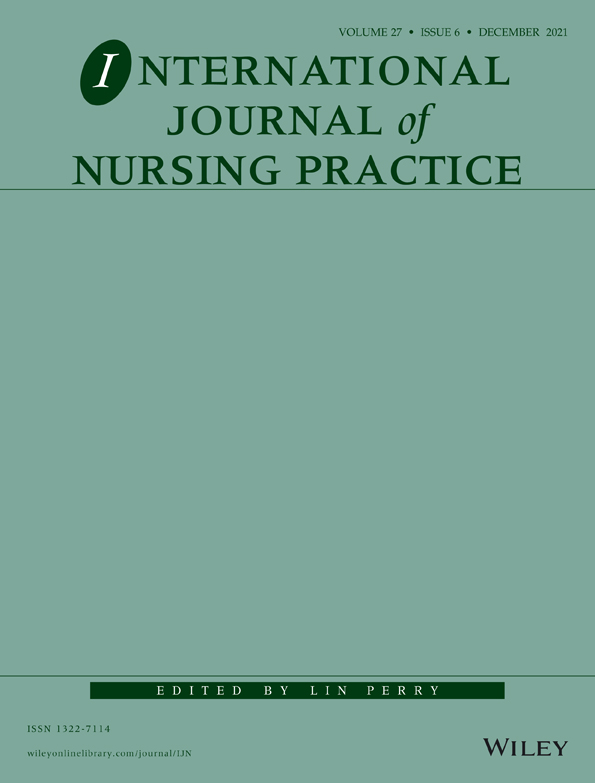Mental health outcomes among health-care workers in Oman during COVID-19: A cluster analysis
Abstract
Aim
Despite the much heralded epidemic of adjustment difficulties, health-care workers (HCW), who are likely to be at risk and impacted with mental health issues, have received scant attention. This study aimed to determine whether definable profiles exist in a cohort of HCWs associated with demographic and mental health problems.
Methods
An online cross-sectional survey was conducted in Oman. Demographic and mental health data were collected from 8 to 17 April 2020. A total of 1132 participants returned their completed questionnaire. A two-step cluster analysis was used to split the sample into three clusters.
Results
Cluster A (n = 416) was from HCW in non-frontline roles, and constituted “low-risk and least-impacted”. Cluster B (n = 412) and Cluster C (n = 304) were from frontline HCW and constituted ‘high-risk and moderate-impacted’ and ‘high-risk and high-impacted’ groups, respectively. HCWs in Cluster C reported more depression (P < 0.001), anxiety (P < 0.001), stress (P < 0.001) and clinical insomnia (P < 0.001) compared with those in the other clusters. HCWs in Cluster C were at the highest risk for mental health problems during the pandemic.
Conclusions
Early psychological interventions targeting this vulnerable group may be beneficial. Management should develop different tailor-made strategic plans to address different mental health needs for each profile group.
Summary statement
What is already known about this topic?
- Nurses, physicians and allied health-care workers (HCWs) experienced many kinds of psychological problems, including depression, anxiety, stress and insomnia during the COVID-19 outbreak.
What this paper adds?
- The HCWs in Cluster A were more experienced, did not work in the frontline and reported a lower prevalence of depression, anxiety, stress and insomnia. This group was labelled as the ‘low risk and least impacts’ group.
- The HCWs in Cluster B were predominantly nurses and doctors working in the frontline and reported a higher prevalence of anxiety and stress. This cluster was labelled as the ‘high risk but moderate impacts’ group.
- The HCWs in Cluster C were predominantly nurses who were younger, with less working experience and work in the frontline but reporting a higher prevalence of depression, anxiety, stress and insomnia. This cluster was labelled as the ‘high risk and high impacts’ group.
The implications of this paper:
- Management should develop different tailor-made strategic plans to address different mental health needs for each profile group.
- Online cognitive behaviour therapy targeting this vulnerable group may be beneficial during the COVID-19 pandemic.
CONFLICT OF INTEREST
The authors declare no conflicts of interest.
Open Research
DATA AVAILABILITY STATEMENT
The data that support the findings of this study are available from the corresponding author upon reasonable request. The data are not publicly available due to the raw data containing information that could compromise research participant privacy/consent.




